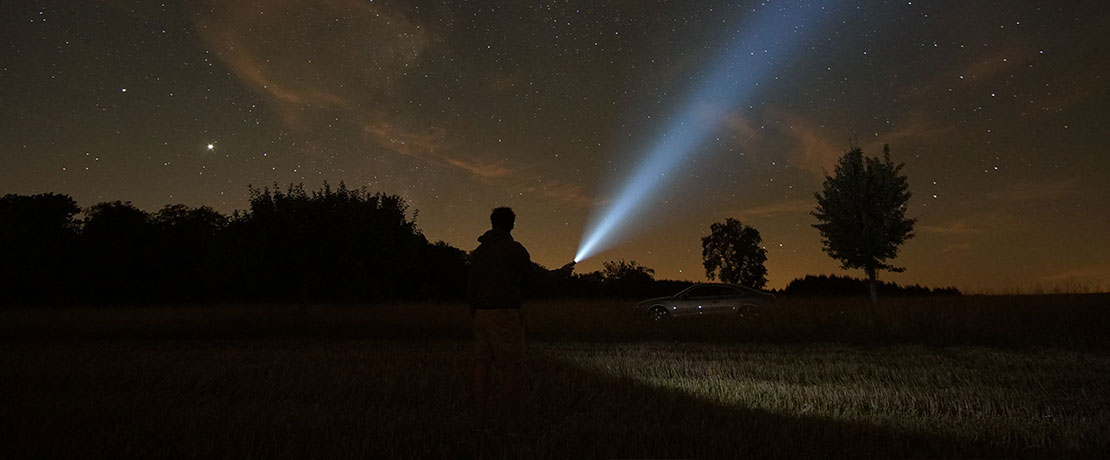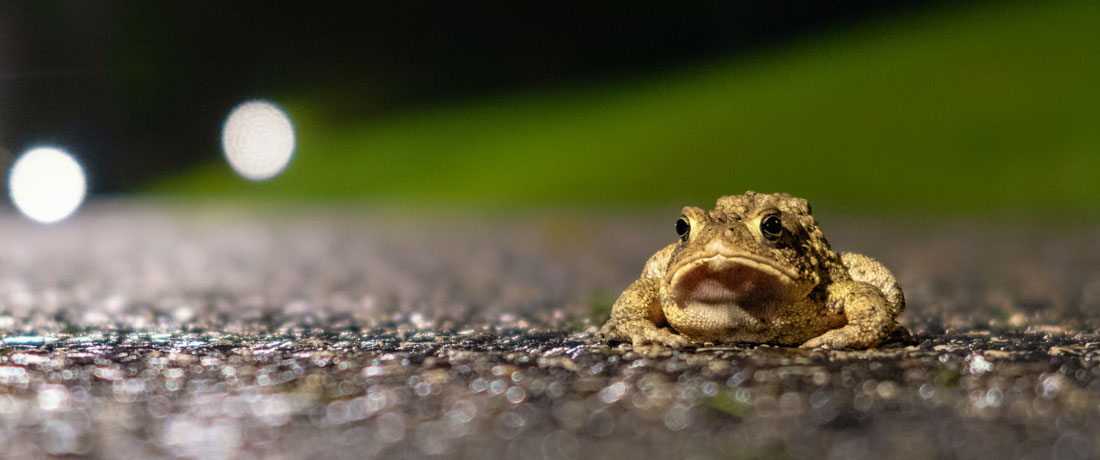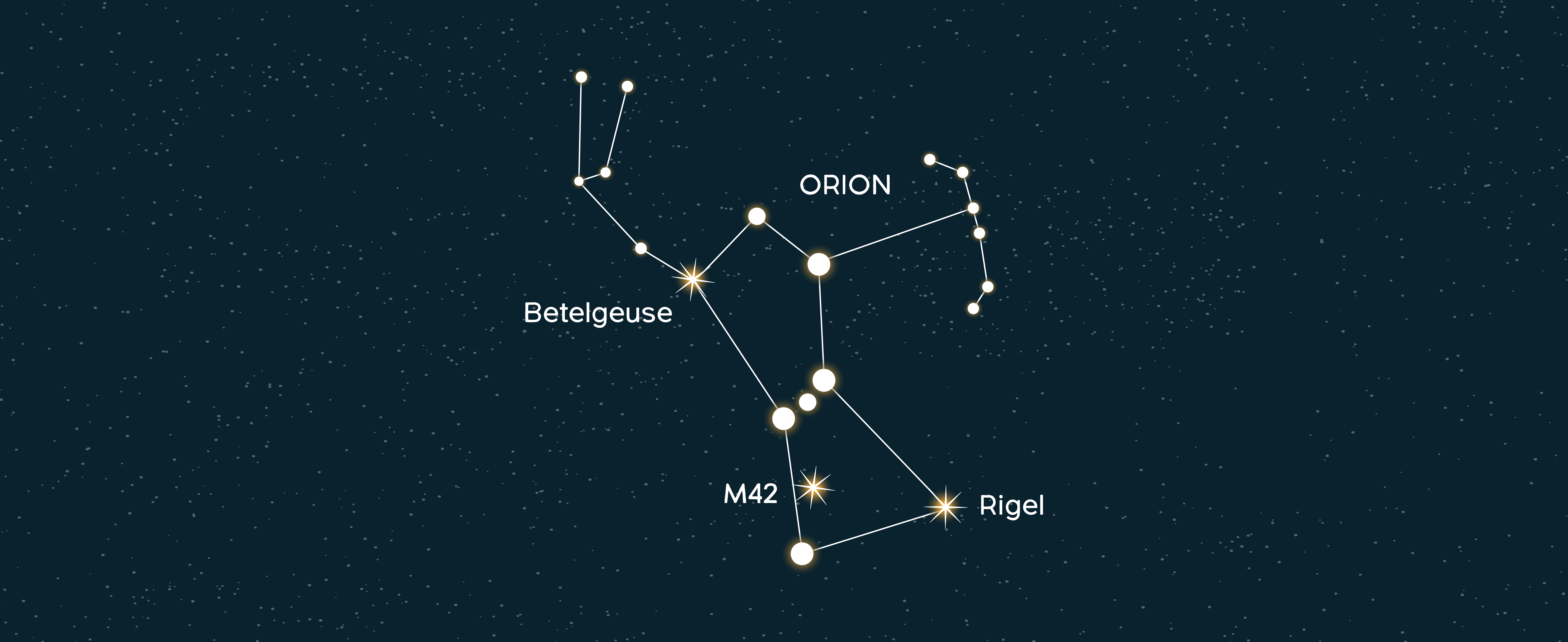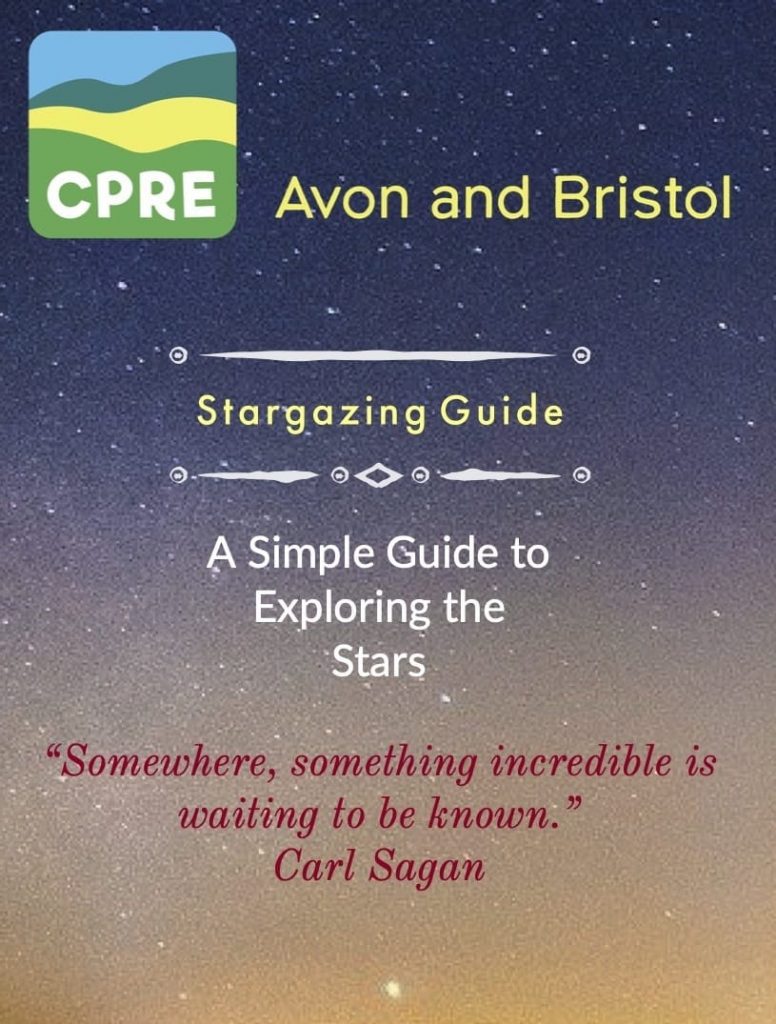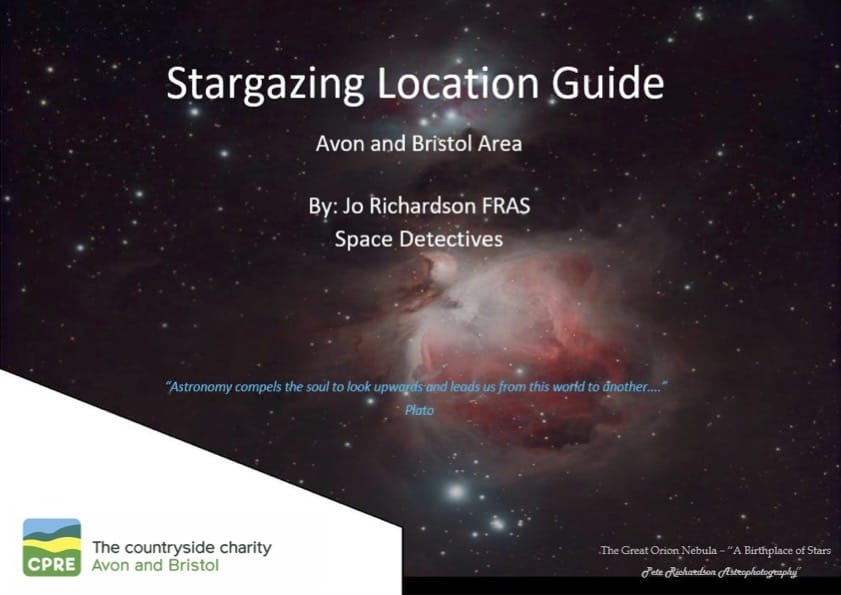Starry skies
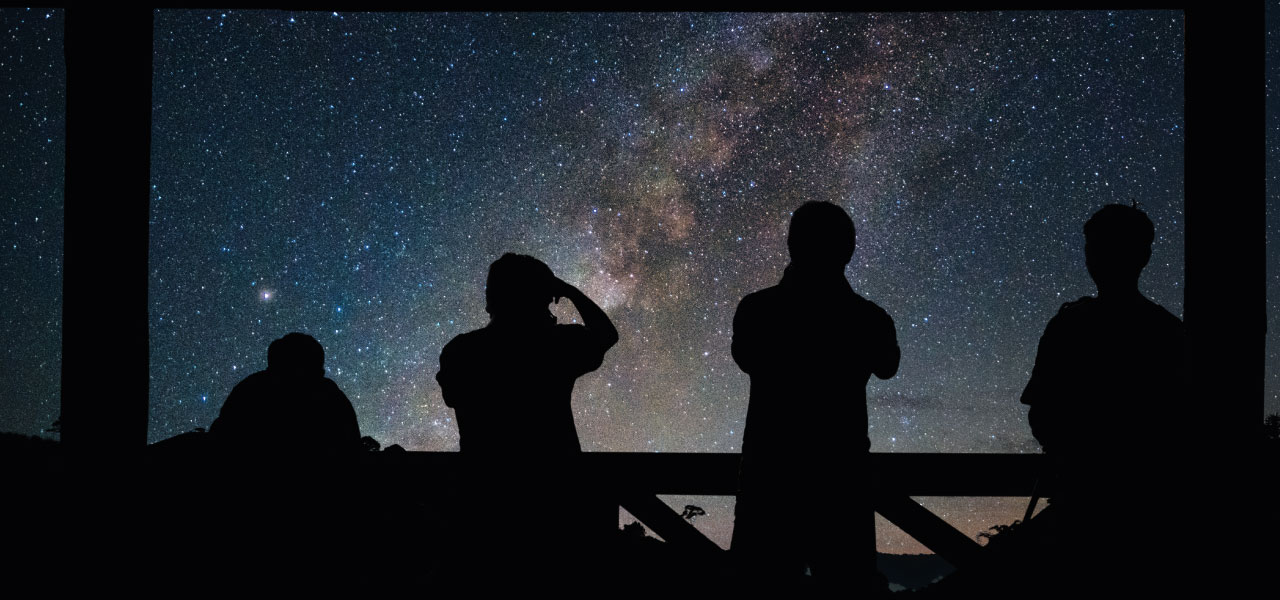
Starry skies are one of the most magical sights that nature can offer. Nothing beats looking upwards to see velvety blackness, with twinkling constellations as far as the eye can see.
However, our buildings and streetlights emit light and this can affect our view of truly dark skies. We want to make sure that we can all enjoy starlit nights.
Each year, CPRE asks the nation to help measure light pollution in their area by getting starry-eyed with us and counting visible stars.
What is Star Count?
Star Count is CPRE’s national project to map light pollution. Star-filled skies are one of the most magical sights that nature has to offer, but our research shows that light pollution is leaving fewer stars than ever visible to the naked eye.
The best way to see how many stars we can all see in the sky is… to count them! We’ll be asking you to choose a clear night between 26 February – 6 March 2022 and look to the skies to see how many stars you can spot within the constellation of Orion. And don’t worry, we’ll give lots of guidance so you know where to look! It’s a great, easy piece of stargazing – no telescopes required – for kids and adults, and it can be done safely from your garden, balcony or even bedroom window..
Sign up for the 2022 Star Count here
Your results from Star Count help us make a map of where star-spotters are enjoying deep, dark skies. By showing on a map where light pollution is most serious, we can work with local councils and others to decide what to do about it.
Our free Starry Skies events were a big hit
Throughout February we teamed up with Jo at Space Detectives to bring you an exciting programme of workshops for children and events for older children and adults.
During the workshops Jo took the children on a journey through our amazing Solar System, learning about star constellations and each of the planets in turn. They learnt about how our ancestors viewed the night sky, and the origins of where we think it all began. They also learnt about the impact of light pollution on our view of the stars and planets in the sky, and what we can do to reduce it.
They then became ‘Dark Sky Rangers’ by learning just how important it is to look after and care for the night sky, not just for now but for future generations.
All of the workshops proved to be a big hit for children and their families, and we received some lovely pictures of some of the artwork children made during the Starry Skies workshops and Star Count week, including this brilliant representation of our Solar System:
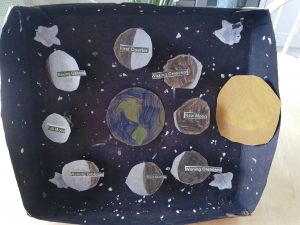
This fantastic artwork of the planets in relation to the Sun:
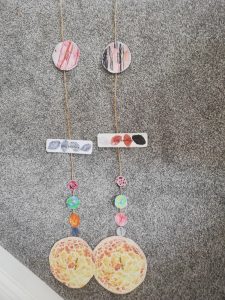
And this lovely decorated light bulb reminding us to turn off the lights to see more stars during the Star Count.
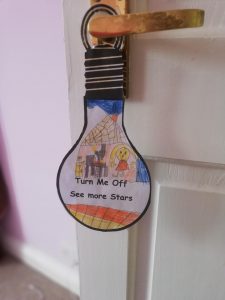
Thank you to all of the families who attended the workshops and to our Dark Sky Rangers for sharing your artwork with us.
Workshop with the Royal Astronomical Society
Hannah Dalgleish reports from a joint workshop CPRE Avon and Bristol held with the Royal Astronomical Society that discussed the widespread effects of light pollution – and how to bring back dark skies. Read the full article on the Oxford University Press website or download the “Where did the night go?” PDF
All of the workshops were free of charge, but they do cost us money to run. If you are able to make a donation to support our work we’d much appreciate it.
Donate now


